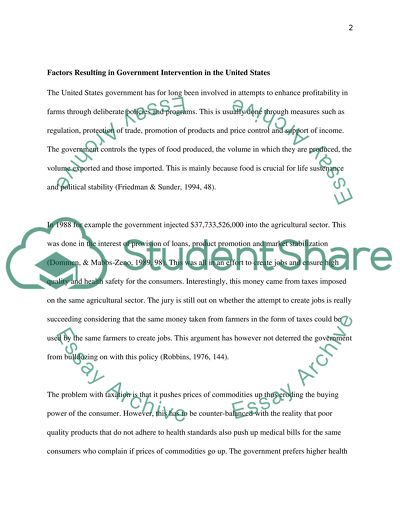Cite this document
(The Problem of Instability in the Agricultural Product Market Essay Example | Topics and Well Written Essays - 1500 words, n.d.)
The Problem of Instability in the Agricultural Product Market Essay Example | Topics and Well Written Essays - 1500 words. https://studentshare.org/environmental-studies/1409774-the-problem-of-instability-in-the-agricultural-product-market
The Problem of Instability in the Agricultural Product Market Essay Example | Topics and Well Written Essays - 1500 words. https://studentshare.org/environmental-studies/1409774-the-problem-of-instability-in-the-agricultural-product-market
(The Problem of Instability in the Agricultural Product Market Essay Example | Topics and Well Written Essays - 1500 Words)
The Problem of Instability in the Agricultural Product Market Essay Example | Topics and Well Written Essays - 1500 Words. https://studentshare.org/environmental-studies/1409774-the-problem-of-instability-in-the-agricultural-product-market.
The Problem of Instability in the Agricultural Product Market Essay Example | Topics and Well Written Essays - 1500 Words. https://studentshare.org/environmental-studies/1409774-the-problem-of-instability-in-the-agricultural-product-market.
“The Problem of Instability in the Agricultural Product Market Essay Example | Topics and Well Written Essays - 1500 Words”. https://studentshare.org/environmental-studies/1409774-the-problem-of-instability-in-the-agricultural-product-market.


